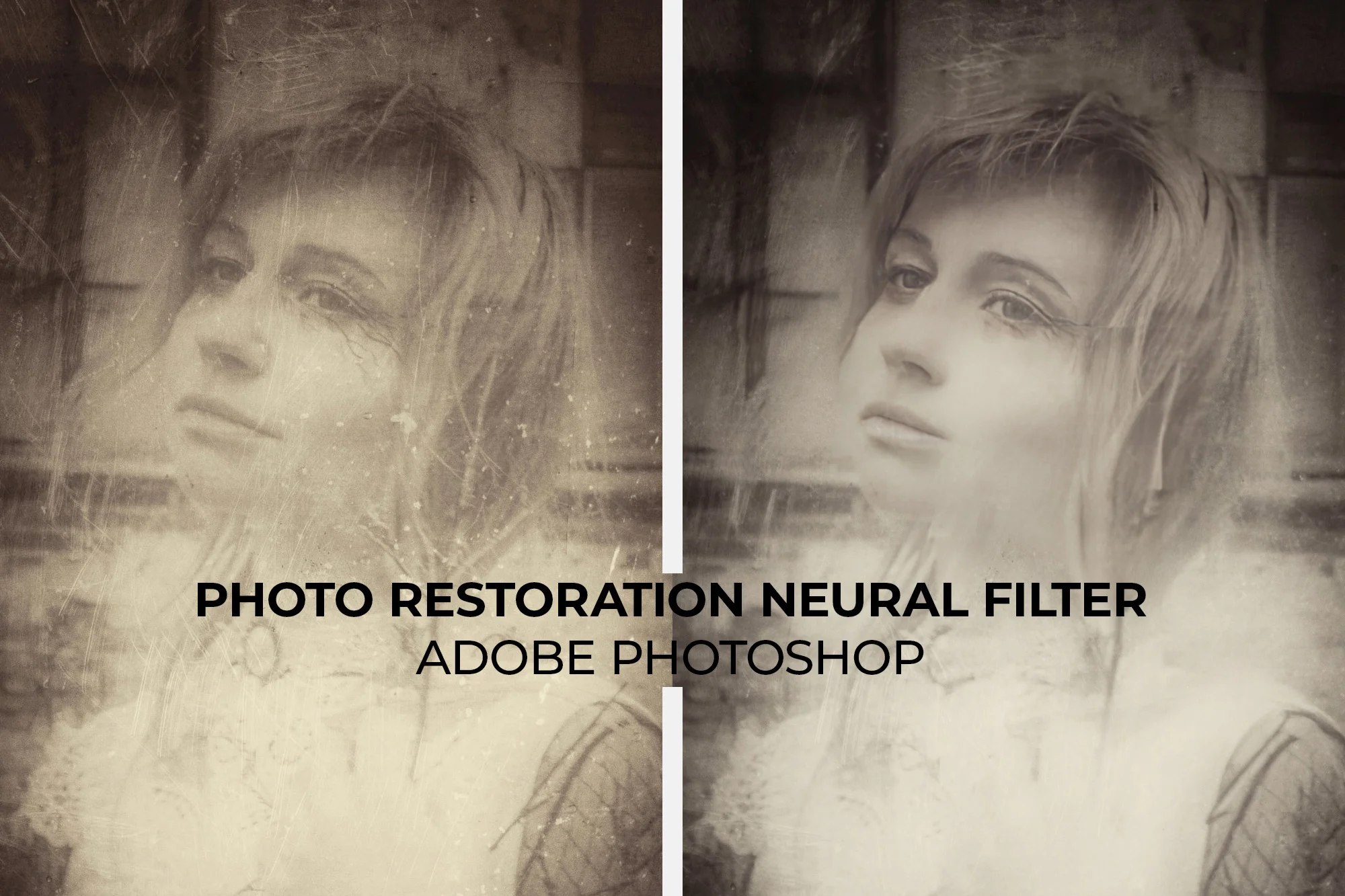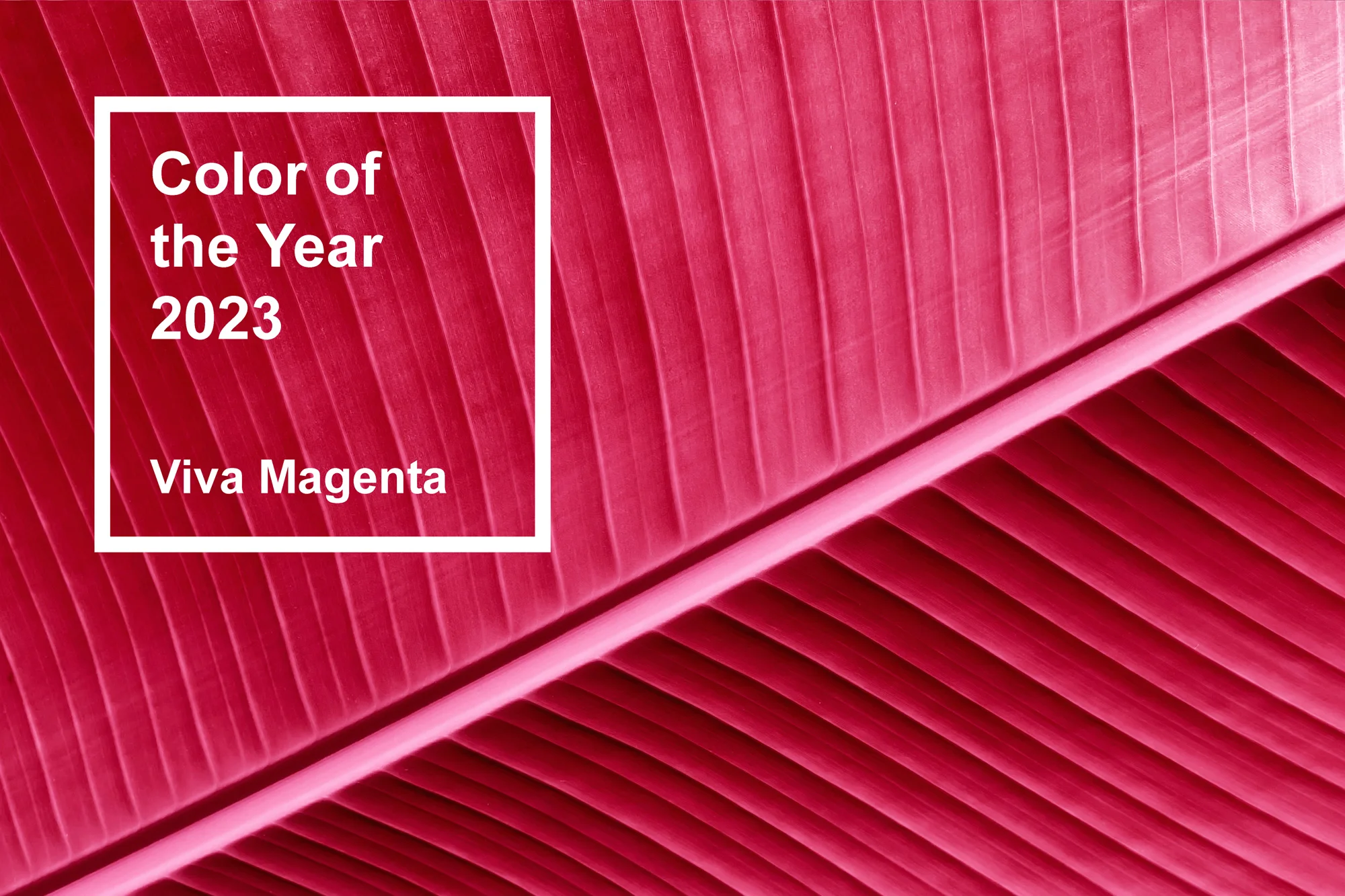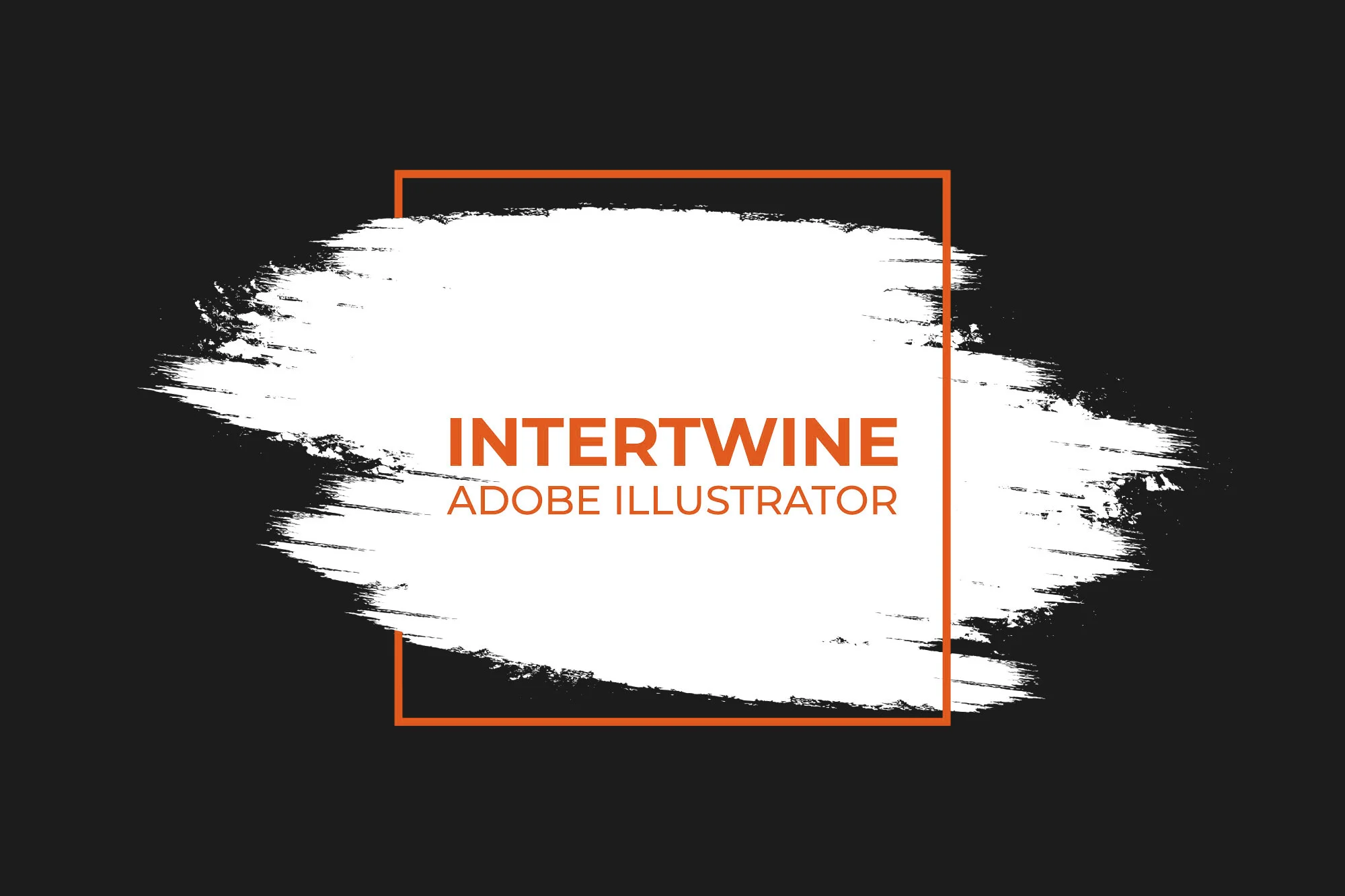An Introduction to Color | Color and Design
Overview
Color, one of the seven elements of design is its own language. Perceiving the differences in light wavelengths reflecting back into the rods and cones of the eye. These wavelengths also elicits implicit feelings within ourselves. In this part of the series on color we will look at the feelings colors give to the viewer. Eventually articles will follow going more in depth into every color but for now, an introduction to color.
Basic Terms
Before we get into the visual synesthesia of color, we must cover a few basic terms. These terms will be expanded upon further in the next parts of the series on color.
Warm
Warm colors encompass the red, orange and yellow spaces hence why they are called warm. These colors evoke imagery of sunsets, fall leaves, fire, etc. Generally reflecting the feeling of passion, happiness, enthusiasm, and energy. Warmer colors are often used on warnings as well due to their commanding nature and energetic hues. These colors also appear closer to the viewer and more inviting.

Cool
Cooler colors include blue, green, and violet and are often more subtle than their warm counterparts. Imagery related to coolness is that of water, nature, and the night. Lacking the boldness of their sister colors, cool colors are normally regarded as calming, relaxing, and reserved.

Neutral
Onto the neutral colors. These are our black, white, grey, tan, browns, etc. Neutral colors are not depicted on the color wheel. Commonly utilized as the backdrop of the design working in tandem with accent colors. Utilizing just neutrals can lend to a feeling of sophistication, however it can also be regarded as boring. Neutral colors are affected by those around them more than the other categories we’ve covered.

Primary
What is a primary color? This feels like an elementary level question, so here is the elementary answer. Crayola defines primary colors as “colors cannot be mixed from other colors. They are the source of all other colors.”
Now for the more accurate answer The primary colors as we all learned are red, blue, and yellow however this is where ages of traditional color theory and then color science differ. For our general overview sake this is the case, however don’t fret as we will soon dive into additive and subtractive color as well as what the real primaries are. Hint: there aren’t any true primaries.

Secondary
Humans really love to categorize things which is why the secondary colors are green, orange, and purple/violet. Taught as being made from two adjacent primary colors, secondary colors help offer a wider range of options to the designer.

Color Feel
Red
Red is a primary color that is warm and carries several meanings. Love, passion, the Devil and Cupid are all associated with the color red. Communism has also been associated with the color. Outside the west, in China, red is a symbol of happiness and prosperity as well as good luck. Out east, red is often worn by brides. South Africa utilizes red in mourning. Red has also been associated with AIDS awareness in Africa.
Red can also indicate danger (think of your average warning label, odds are good it is either red or yellow). The color red can also be associated with anger (as seen commonly in cartoons). Importance is another association with red (red carpet).
Red like many colors can have a physical effect on humans. Often used within the restaurant industry for stimulating hunger and enhancing metabolism, the color also raises blood pressure and respiration rates.
Red within design is a very commanding accent color, sometimes overwhelming if not used with moderation. Passion and energy are usually associated with the lighter shades. On the darker shades, power and elegance are conveyed. Red is a powerful color, but with great power comes great responsibility.


Orange
Energy, vibrance, fall, all are associations of the color orange. Orange can represent change as in the changing of the seasons in its more muted tones, or rather just giving a general sense of movement. Having a corresponding fruit automatically gives orange a sense of health as well.
Within the design space orange is much like red in that it’s attention grabbing. However orange is less overpowering than its red counterpart. Offering feelings of inviting and more friendly as well as less in-your-face.
Yellow
Yellow, the second primary color, known for brightness and energy. Think of modern advertising with smiling people all in the foreground of a yellow background. Another common association with yellow is danger. Happiness, sunshine, deceit, and cowardice are also associations with yellow depending on the shade and imagery used.
Another association is that of hope. Several countries use yellow ribbons when loved ones are off to war. Also, in Egypt, yellow is the color of mourning, much like South Africa’s red. Japan uses yellow to symbolize courage. India identifies merchants with the color.
Within the realm of design, yellow gives a sense of cheerfulness and happiness to the piece. Light yellows offer a calmness to themselves. Dark and gold-hues can look old and steadfast. These hues can also display a sense of wealth and prominence.


Green
Earthy, growth, all are descriptors of the color green. Green can also signify a lack of experience as well as renewal and abundance. Green with envy is a phrase that also plays a part in the meaning of green.
Being a mixture of both blue and yellow, it takes on some of their characteristics. Gaining the calmness from blue with the energy of yellow. Think of it as a nice middle ground to those colors.
Green in design is stable and can give a harmonizing and balancing effect to any work. Let’s start with bright greens which give off a vibrant energy. Green itself can promote stability and renewal as well as nature and wealth. Olive and darker greens represent the natural world and bring forth an aura of stability.
Blue
Blue, the last primary color is one of somber and sadness. While being sad, blue also provides calm and responsibility to designs. Light blues, such as sky blue, are viewed as friendly and refreshing. Is your style stronger and reliable? Look towards the darker blues. Blue also has connections with the spiritual and religious connotations in many cultures and traditions. In design the color blue is heavily dependent on shade, arguably more so than other hues.


Purple
Purple originates in royalty, as the dye for purple was out of reach of the commoner. Combined from red and blue, purple gains some of their attributes just like green does from blue and yellow.
Within the design space, purple has been associated with creativity and imagination. Light purples take on a romantic undertone and also have been associated with spring. Darker purples provide wealth and luxury to a design.
Brown
Brown tones are commonly found with wood, earth, dirt, etc, so naturally that’s what they give off. Dependable, reliable, steadfast, brown. Doesn’t quite have the ring to it you’d want but those are all common associations. Brown can also be considered dull and dirty, so be careful with its use.


Beige/Tan
Beige gets its own section due to its unique properties. Tan combines the warmth of brown with the cooling characteristics of white. Sometimes tan is seen as dull and conservative, however it can also symbol piety. Typically it has little effect when used with other colors.
Black
Black is a powerful neutral color that is associated with elegance and formality. The color is also associated with death, evil deeds, and intriguing mystery. Black is also the typical color of mourning in Western society. Black is also associated with the holiday of Halloween. Rebellion is another characteristic of black.
In design, black is typically used as a foundation, especially within typography. Black is very rarely an accent color and rather serves the accent color.


White
We covered black and now for something completely different, well not entirely. White is on the opposite end of the spectrum, however also serves as a sturdy foundation for design. In western societies, white is often viewed as a clean color that is virtuous. White also is used to depict angels and overall goodness. In the east white is used as the color of mourning.
Within the context of design, white is a solid starting point and serves to elevate the other colors in the design.
Grey
Grey as a color can carry the aura of moody or depressing. Think of how overcast days are and the toll it has on humans, however grey isn’t limited to one shade.
Light grey, depending on how light, can be used in place of white to give a different appeal over the empty color. Conversely darker greys can be used in place of the oh-so-common black.
Grey is also known to be sophisticated and professional. Formal and modern, grey takes the stage as a conservative alternative to black and white.

Conclusion
Being one of the seven elements of design, color is important to get right. Color is subjective and as such these meanings are not the de facto answers, however take them as helpful guidance.
What is a hex code? CMYK vs RGB, what the hell are they even? All of this and more is answered in part two of our series on color. For color schemes information, visit part three.





